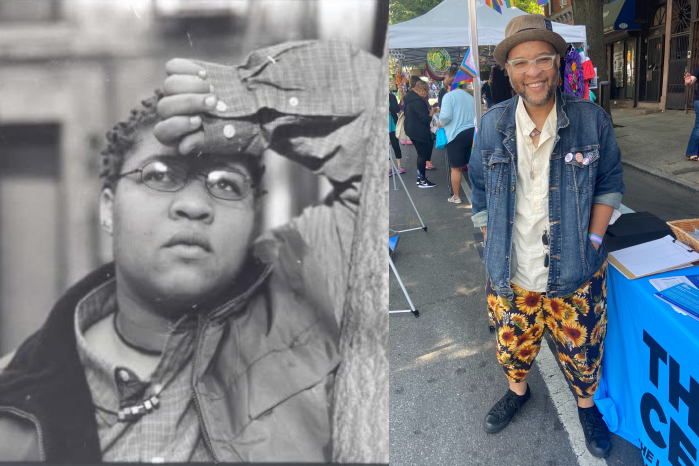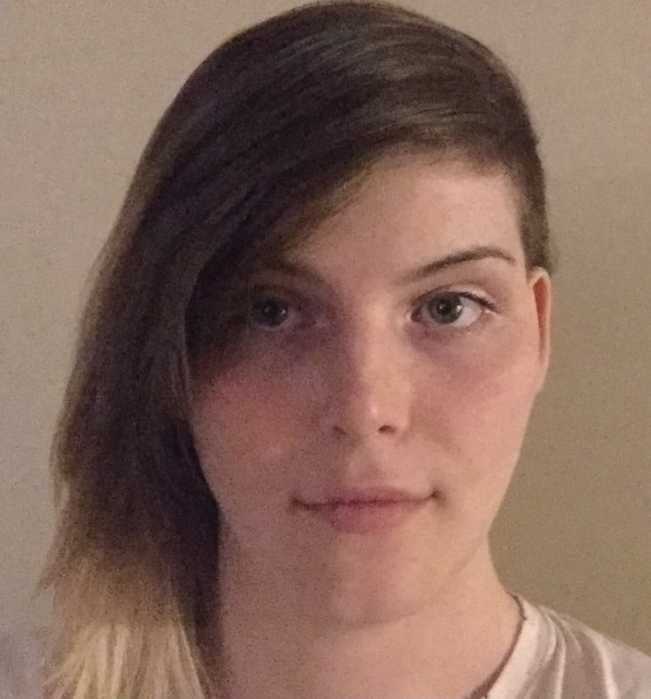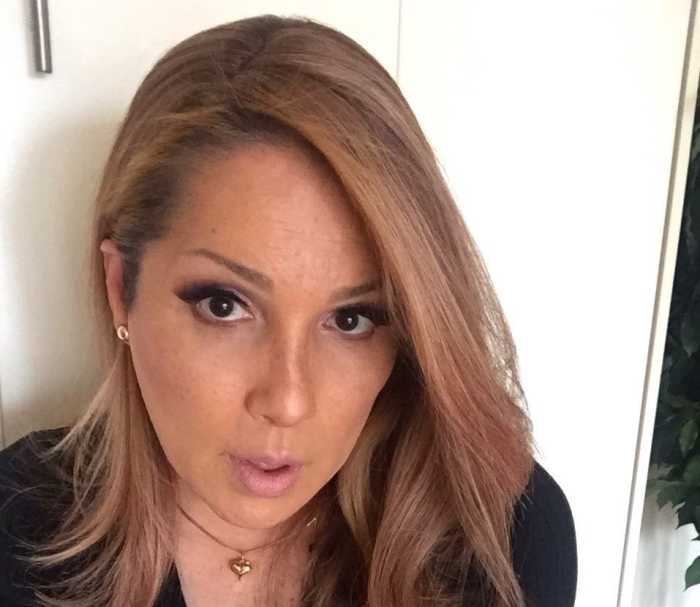BY AMIN GHAZIANI | On behalf of the National Park Service, Interior Secretary Sally Jewell recently announced plans for an unprecedented study of LGBT history, one that aims to “identify places and events associated with the civil rights struggle of lesbian, gay, bisexual, and transgender Americans and ensure that the agency is telling a complete story of America’s heritage and history.”
This is not the first attempt to recognize the “places and events” that are important to the modern movement. Jewell made her announcement at the Stonewall Inn, after all, a site designated as a National Historic Landmark in 2000. Similar commemorations exist in many cities. In Washington, DC, locals can stroll down Frank Kameny Way, named in honor of one of the most significant figures of the movement, while activists in San Diego succeeded in renaming Blaine Avenue, a two-block street in Hillcrest, as the nation’s first Harvey Milk Street.
These places and events share a geographic DNA. Chelsea in New York, Midtown in Atlanta, Boston’s South End, Boystown in Chicago, Houston’s Montrose, Hillcrest in San Diego, and the Castro in San Francisco: these are the sites of traditional gay neighborhoods — or “gayborhoods,” as many residents affectionately call them. Gayborhoods are the very places “associated with the civil rights struggle of lesbian, gay, bisexual and transgender Americans” — and yet, it is difficult to avoid the irony that efforts to formally recognize such sites are occurring at a time when there are aggravated anxieties that gayborhoods are disappearing.
The New York Times best captured this angst on its front page: “Gay Enclaves Face Prospect of Being Passé” — but similar tensions are also simmering in San Francisco, where the GLBT Historical Society of Northern California kicked off a recent urban planning series with the urgent question, “Are Gay Neighborhoods Worth Saving?”
All neighborhoods change, of course, and gayborhoods are no exception to this most basic insight of urban life. These areas look and feel different today because contemporary society barely resembles the postwar years when gayborhoods first formed. Same-sex households are moving out, while a steady stream of straight newcomers are arriving. Gay businesses like Oscar Wilde bookshop in New York or Giovanni’s Room in Philadelphia have closed, in 2009 and 2014, respectively. This isn’t merely a function of gentrification. It is also because LGBT people, in greater numbers than ever before, are living their lives outside the boundaries of just one neighborhood in the city.
Demographers express the extent to which groups of people like gays and straights are segregated through what they call an “index of dissimilarity.” This is a statistic that represents the proportion of a minority group within a census tract that would need to be replaced by a member of the majority in order to reflect the composition of the city overall in terms of sexual orientation.
When we run the numbers, we see that zip codes associated with traditional gay neighborhoods are “de-concentrating,” to borrow a word from demographers. More specifically, in comparing the 100 most populous places in the US during the 2000 census with how those same places looked in the 2010 collection, average segregation scores for male same-sex partner households decreased by 8.1 percent and a whopping 13.6 percent for female same-sex partners. When we zoom out even further, we see that both male and female same-sex partner households collectively reside in 93 percent of all counties of the country.
As I was researching the alleged demise of gayborhoods, I heard two major reasons why LGBT people these days tend to think outside the gayborhood box. First, assimilation is broadening the residential imagination of many people beyond the singular streets of a gayborhood to the city that surrounds it.
“The entire Island of Manhattan’s gay,” one gay man said. Another added: “New York is really spread out. All the gays are really spread out. You go in different areas, and you’re going to see a lot of straight people, and you’ll see gay people, too. It’s really mixed.”
Second, many LGBT people today feel culturally similar to their straight neighbors.
“No one gives a good goddamn if you are gay or straight,” one realtor said almost dismissively.
I was surprised, in fact, by how many people simply shrugged their shoulders when I asked about sexual orientation. Who cares if you’re gay? And who cares if you’re straight?
“There is a portion of our community that wants to be separatist, to have a queer culture, but most of us want to be treated like everyone is,” Dick Dadey, then the executive director of Empire State Pride Agenda, said back in the 1990s. “We want to be the neighbors next door, not the lesbian or gay couple next door.”
I’m still not convinced that this is the time or place for us to sing a requiem for the gayborhood. In fact, I think it’s dangerous to think in such a binary way — that gayborhoods either matter or are now passé.
Wondering whether gayborhoods are worth saving misses the bigger picture. Just because sexual minorities can comfortably live virtually anywhere doesn’t mean that gay neighborhoods are a relic of the past or that all LGBT people want to live side-by-side with heterosexuals all the time.
The rapid rate at which sexual minorities are blending into American society represents the most impressive civil rights triumph of our generation. Activists have influenced remarkable social changes in recent years, including the elimination of a section of the Defense of Marriage Act and Proposition 8 by the Supreme Court in 2013, as well as 22 consecutive pro-equality court decisions in the 11 months since the Hollingsworth v. Perry decision (which allowed same-sex marriages to resume in California) and the United States v. Windsor decision (which ruled that Section 3 of the Defense of Marriage Act was unconstitutional under the Due Process Clause of the Fifth Amendment).
Granting all this, we still need gayborhoods because they allow diverse communities of LGBT people to flourish in ways that we cannot when we simply merge into the mainstream.
There are numerous benefits that gay districts, and perhaps only gay districts, provide. It is in these spaces that LGBT people create unique ways of life and expressions of community like annual Pride parades; articulate a distinct political voice; gestate organizations and businesses from bars and bookstores to community centers and nonprofits; find each other for friendship and fellowship; nurture our families (same-sex couples with children tend to live in similar areas of the city); and feel an incomparable sense of safety from hate crimes, discrimination, bigotry, and bias.
The more we look, the more we see that gay districts have a hand in nearly every aspect of modern life: from the municipal promotion of urban spaces to city planning and the shaping of real estate values; from the institutional development of LGBT communities to our civic engagement; and from Pride parades to protests and electoral influence.
This is why I don’t think gayborhoods are dying – and I’m certainly not the only one. In a June 2013 nationally representative survey of 1,197 LGBT American adults, the Pew Research Center finds “different points of view about how fully they should seek to become integrated into the broader culture.” Nearly half their respondents (49 percent) said that “the best way to achieve equality is to become part of mainstream culture and institutions such as marriage.” An equal share, however, say that “LGBT adults should be able to achieve equality while still maintaining their own distinct culture and way of life.”
The decision by the Park Service to commemorate places of significance to LGBT history, many of which are located in gay neighborhoods, comes at an opportune time. It is only a matter of moments before same-sex marriage is the law of the land. As the stonewall of legal discrimination comes crumbling down, many of us may feel that the fight is finally over.
But this is just not true.
“There are always going to be bigots and homophobes in the world, and they’re always going to have really loud voices,” a woman reminded me in an interview I did for my book. “And people who are in minority groups are always going to perceive that lots of people are discriminating against them, even if they’re not.” This “is going to cause them to want to go to places where they feel safe.” It does not matter “whether or not they’re needed,” said a gay man, because “the perception will be that they are needed.”
I heard these messages loud and clear. Anyone who says that we no longer need gay neighborhoods is just missing the point.
Amin Ghaziani, an associate professor of sociology at the University of British Columbia, is the author of the forthcoming book “There Goes the Gayborhood?” from Princeton University Press. Contact him via aminghaziani.net and follow him on Twitter @Amin_Ghaziani.



































